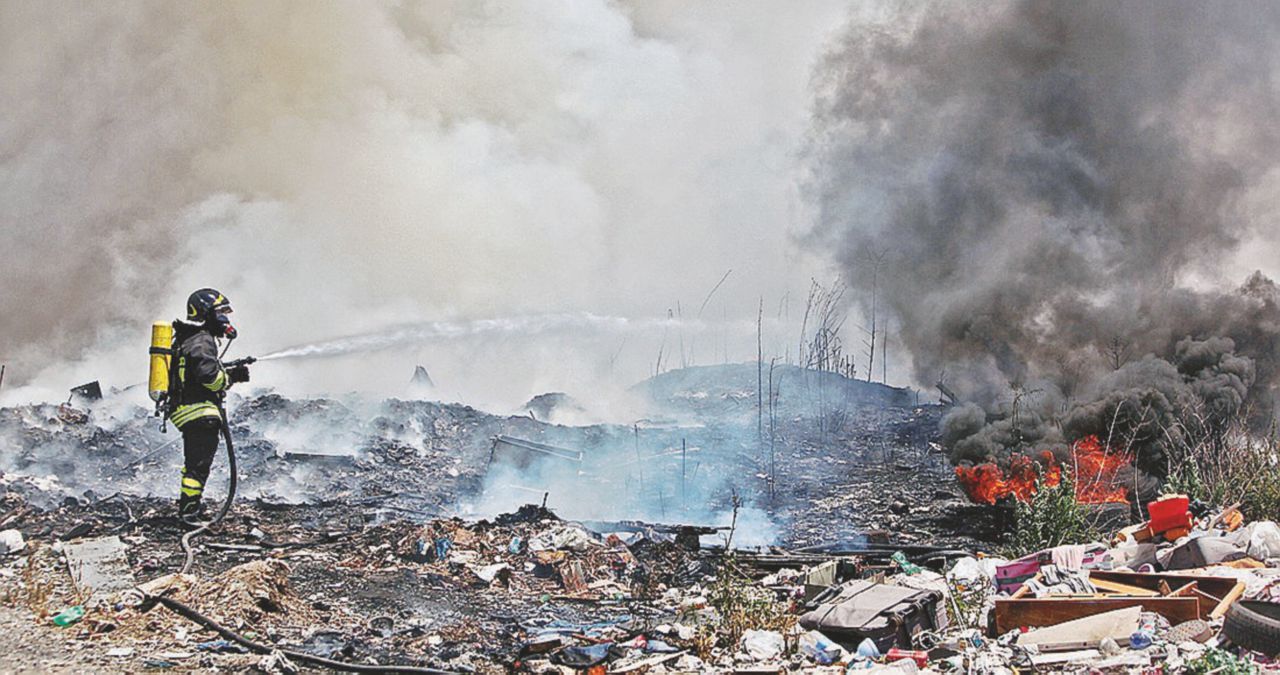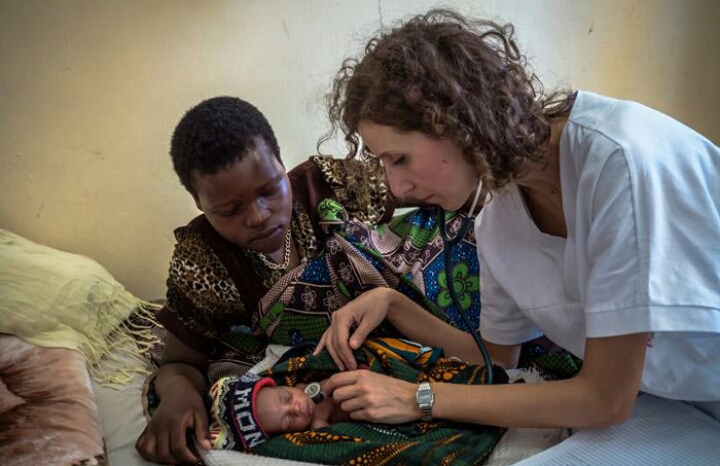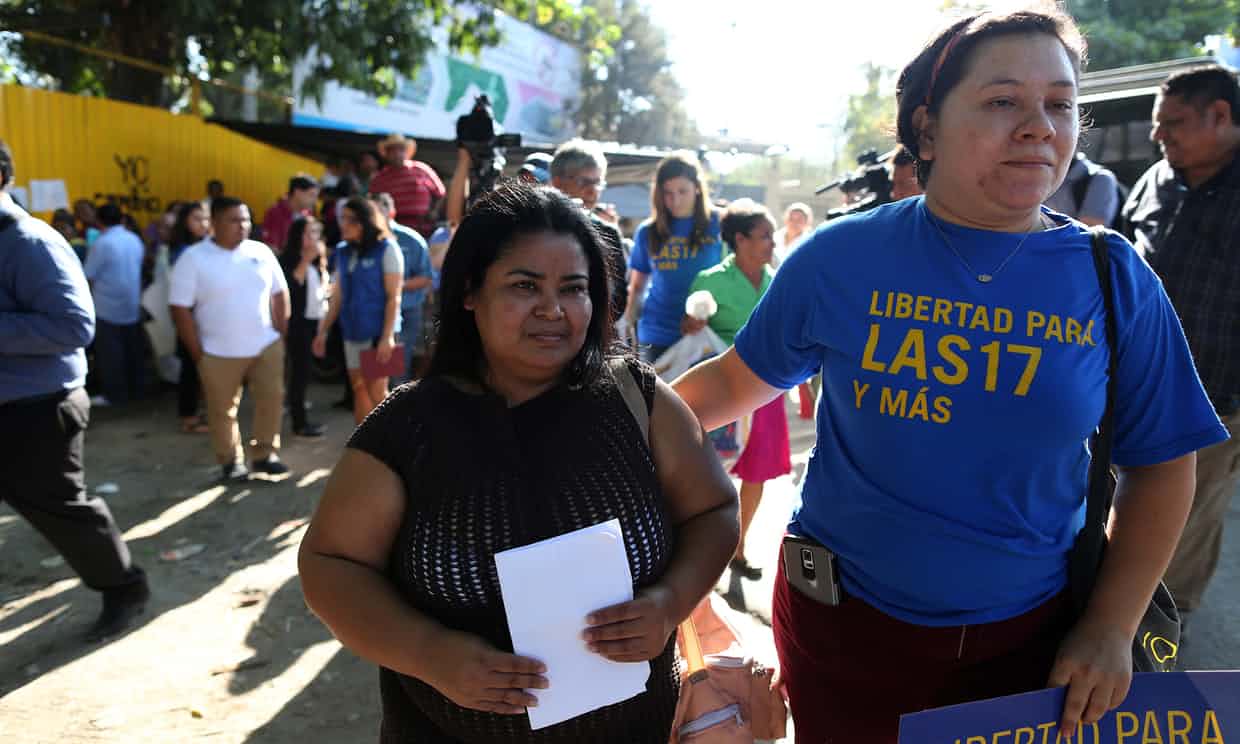Is Lomellina a land of fires? Part 3: all wind and smoke
[Original article by Annamaria Nuzzolese]
The North burns. With the investigation started around a month ago, Inchiostro decided to focus on a problem that concerns its nearest areas, Pavia and Lomellina, but that involves the whole north and, in a wider sense, all our national territory. Taking the stock of the situation, we see that by now these are the alarming data: 13 incinerators in Lombardy alone, 261 fires in Italy in 3 years, 47,5% of them in the north, 12 fires since 2016, 1000 new tumors every day, 369000 new cases of cancer in 2017, with an increasing lung cancer rate.
After this considerable list of numbers, there’s nothing left but understanding how the local authorities have been reacting to this “hot potato”.
The Parliamentary committee of Enquiry for illegal activities concerning waste disposal and enviromental crimes, chaired by Mr. Braga in his report about fires in waste disposal plants of 17th January 2018, finds some critical points in its final estimation: fragile plants, not provided with a proper supervisory system, overloaded plants, lack of response by investigative and legal systems, that are stuck in a considerable “obscure number” of fires that don’t get reported to the public prosecutor’s office and about which, consequently, no investigations are made, and lastly the lack of coordination between the forces that are in charge of protecting the environment and the law.
How much (and what) did the authorities do after these facts? Did they intervene with safeguard measures in order to prevent risks for health and enviroment? How did they deal with citizens? Should we foresee alarmism or stay silent?
With respect to the last fire, 6th September 2017 in Mortara at Eredi Berté, Alda La Rosa, director of the association Futuro Sostenibile In Italia (Sustainable Future in Italy) states that <<the area Berté, with its 12 thousand square meters of burnt waste (that are morever left at mercy of weather changes) is not a safe one. How many and what are the controls for run-off water that are actually made? What are the odour controls? They’re all controls that can be performed without entering the restricted area>>. The association turned many times to the mayor Facchinotti (and to the previous one Robecchi) asking for the creation of an environmental committee: this request is still without response, and many others were made without receiving a feedback. As the president La Rosa reminds: <<Futuro Sostenibile asked not only for the cover of burnt materials, but also for the insertion of closing valves or special balloons, in order to stop water from falling in the gutters: these should have been assembled in the downstream of the sewer, this way preventing flows inside the purifier, making possible for polluted water to be analyzed>>. It is useful to observe that there aren’t enough analyses: actuallly, after the fires there haven’t been surveys on the ground. The Law on Environmental Offences lacks of a section about soil, and for this reason it gets harder to focus on a situation that should be continuosly monitored, in case of toxic pyres, due to the presence of volatile particles that can infiltrate in aquifers. What is really concerning about this matter is that we don’t have an actual organ that is capable of facing this issue; facts and damages are real, but the criminal procedures are in 49% of cases due to unknown subjects: that is peculiar if compared to the fact that 20% of cases that were analyzed by the parliamentary committee are arson.
As we have already assumed several times, the statitistics about the fires suggest the influence of criminal organizations; referring to what the anti-mafia prosecutor Roberto Pennisi said, Mr. Mannino states: <<criminal organizations undestood that one can profit from waste disposal by hoarding without directly touching, that is to say gaining contracts in order to manage the majority of waste to store it somewhere without eliminating it>>. Mafias want to create an emergency in order to get the authorization that is necessary to dispose of waste in a cheap way. How investigative systems work is what hinders the trapping of this traffic. Every time that something is set on fire, the Digos starts analyzing the pattern, and then some investigative organ works on it on its own, blocking any kind of coordination and any attempt of creating a proper database with which one could monitor all sorts of information. This simple lack becomes a huge gap, considering the variety of fires that are found in the territory.
Smoke. That we actually breathe. How long do we have to wait before a real interest about environment, health and law can be born? Gangsterism’s influence is a dirty habit that we can’t afford to follow, since today we can save money, but one day we’ll pay the price of it. It is the banana peel under the feet of truth, and it is enough for dragging the disposal system in the darkest mechanisms that we know already exist in other areas of Italy. An effort can be made: let’s dispose of this peel with separate collection.
The north is set on fire, and this time we are the ones who can get burnt.




